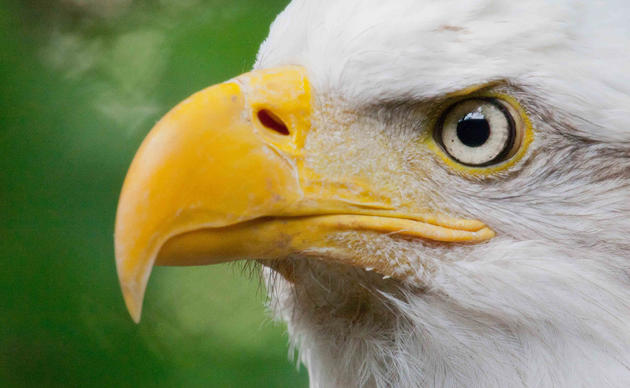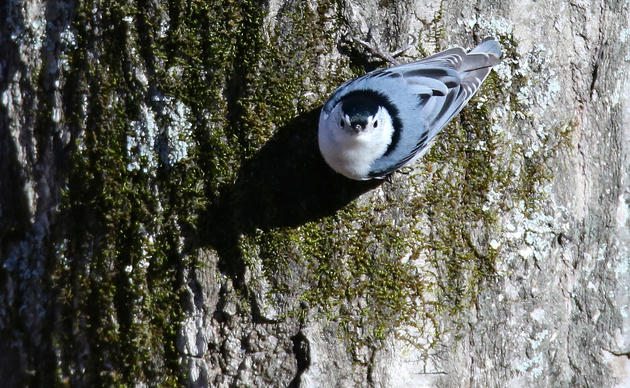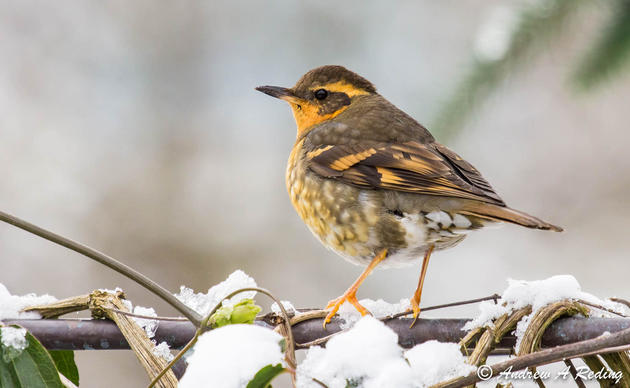Nearly all of Washington’s ospreys are spending these winter months as far away as South America. Starting in late winter, they begin winging their way back to the Pacific Northwest to breed and establish territories and raise their young over the spring and summer months. Beyond delighting and inspiring us with their presence, ospreys have a vital role to play in the ecosystem, helping to maintain biodiversity in our coasts and inland lakes and rivers.
Given their connection to the area, it’s natural to think of the osprey as ours, and to think that protecting the species means investing in conservation in our region alone. That’s an important component, but if we really want to protect the osprey and dozens of other migratory species, we need to invest in maintaining habitats throughout the hemisphere.
Fortunately, for the past 20 years, there has been a federal program in place that recognizes just that. The Neotropical Migratory Bird Conservation Act is a vital grant program that has helped spur international partnerships and funded more than 700 international projects aimed at conserving some of our most beloved birds.
The NMBCA is now up for reauthorization, and new legislation — the Migratory Birds of the Americas Conservation Enhancements Act — has been introduced in the House by U.S. Rep. Rick Larsen of Washington and Rep. Maria Elvira Salazar of Florida. This legislation would not only reauthorize the NMBCA, it would make updates that would improve its accessibility for partners and provide greater staff capacity to help get more funds where they need to go. And it would increase its authorized funding from $6.5 million to $10 million to help expand its impact on the ground.
This program has had longstanding bipartisan support, a proven track record of success, and provides a commonsense approach to investing in both wildlife and communities, but more work has to be done to build upon this program for the future and the birds it benefits.
These resources are urgently needed. A majority of our migratory bird species are in decline, and the potential effect on biodiversity is massive if we fail to conserve these species across their ranges. More than half of the birds that we love to welcome back to our yards, cities, waterways and mountains every year spend their winters in Latin America and the Caribbean. This should be an easy win for wildlife. But these seahawks — and their migratory brethren — need support on their side to make enough noise for our elected representatives to know this is a priority.
We greatly appreciate Rep. Larsen’s leadership on this issue. Now we need Congress to act to reauthorize and improve this critical program and be the champion that birds and other wildlife need. Football season may be over for Seattle, but we still have seahawks to root for.





